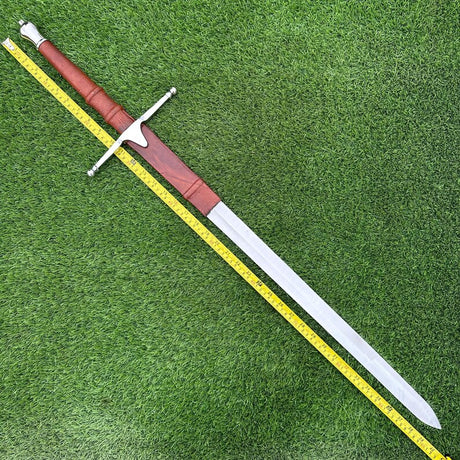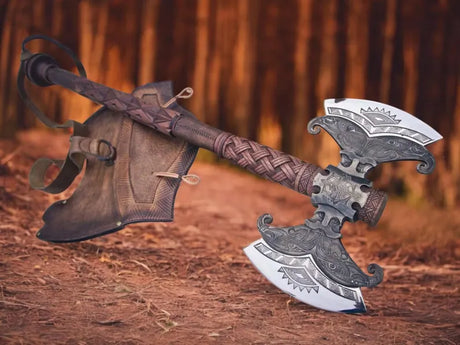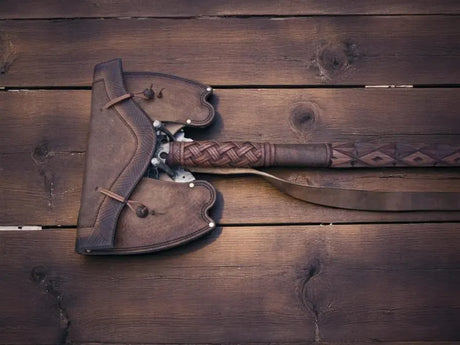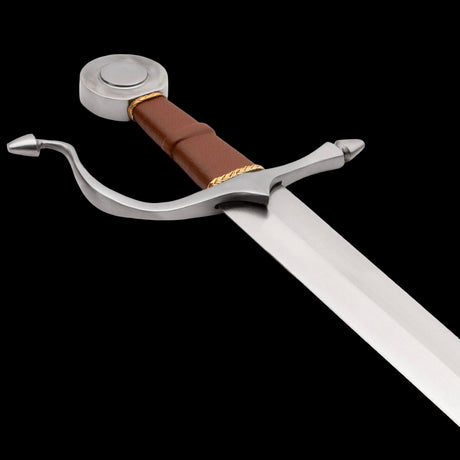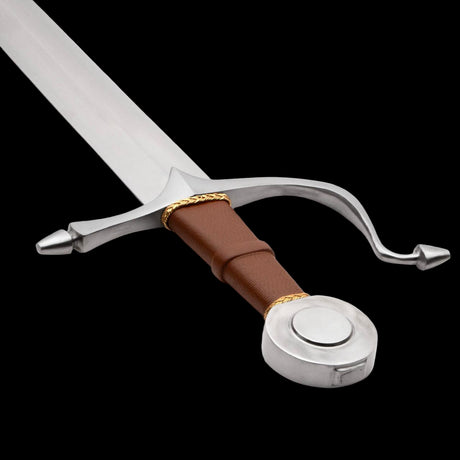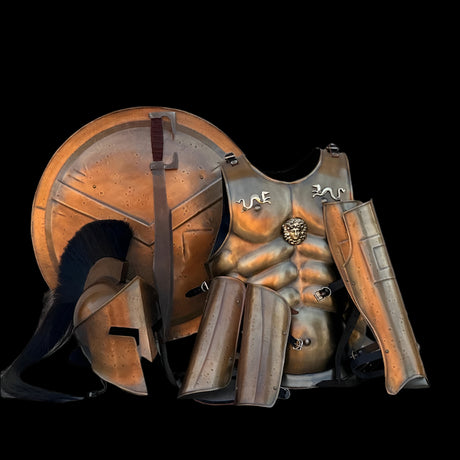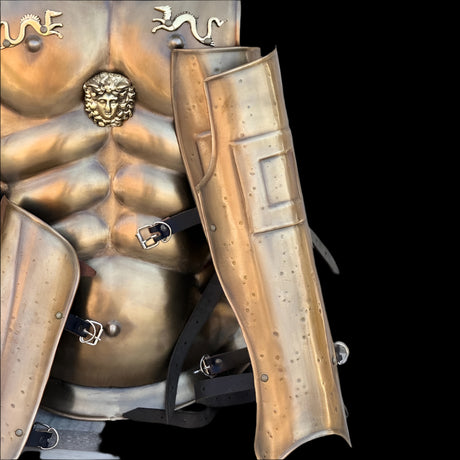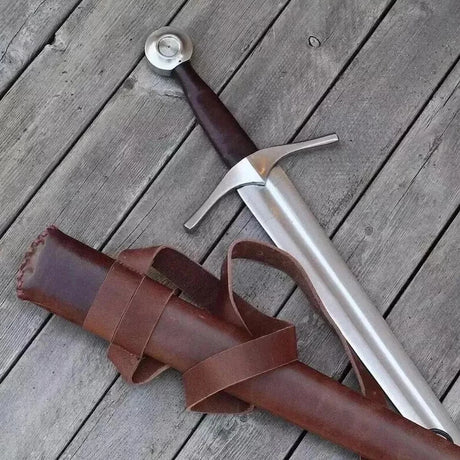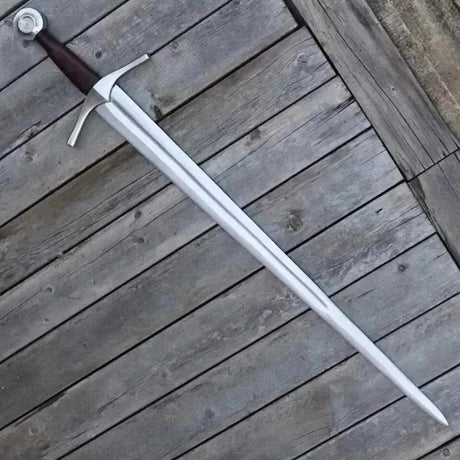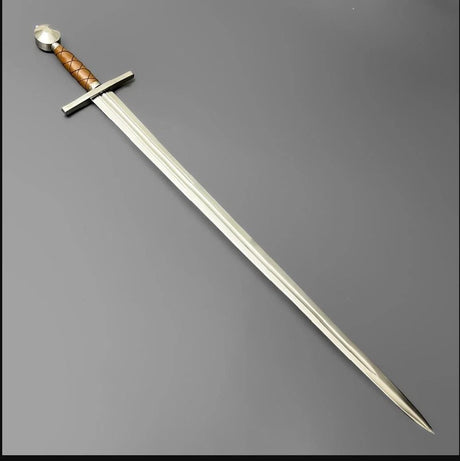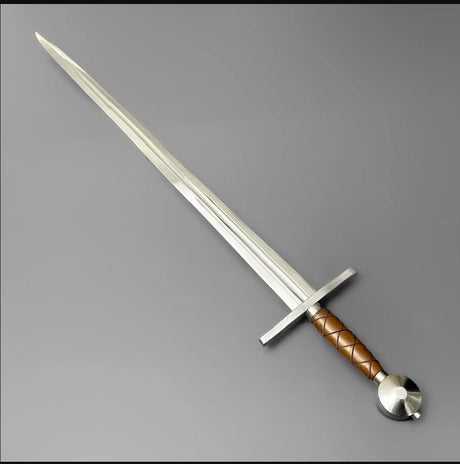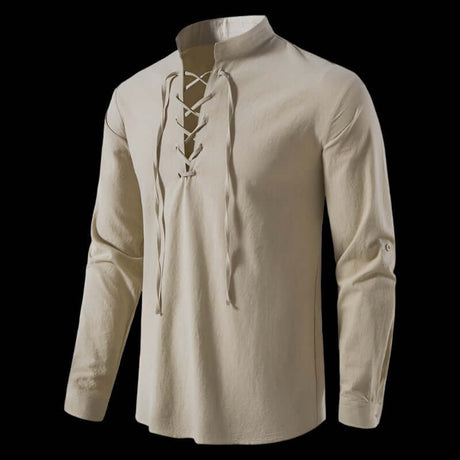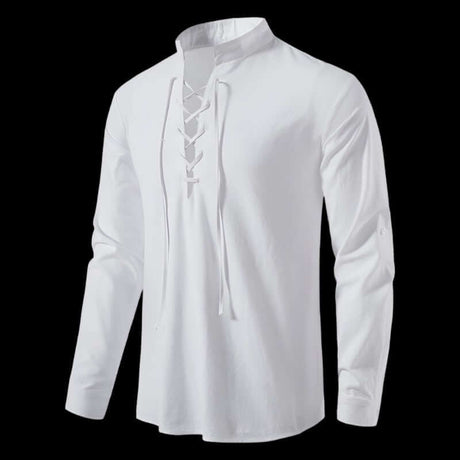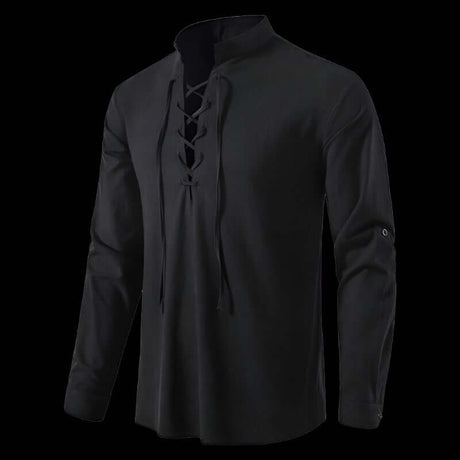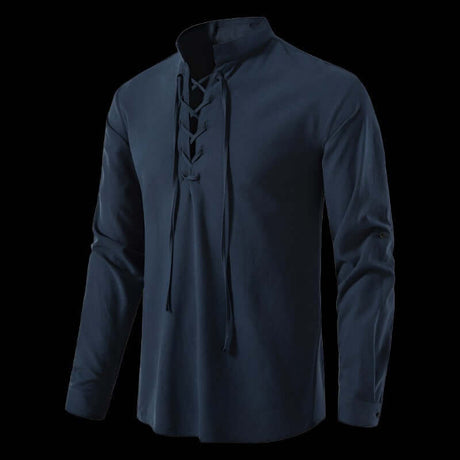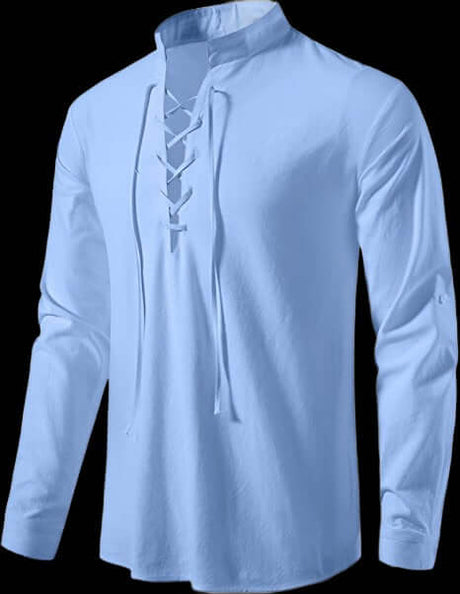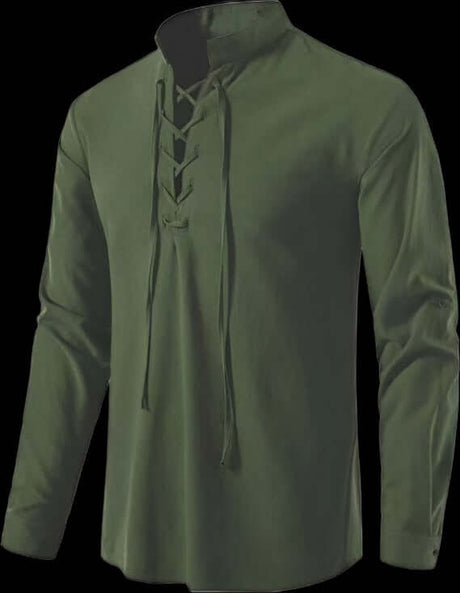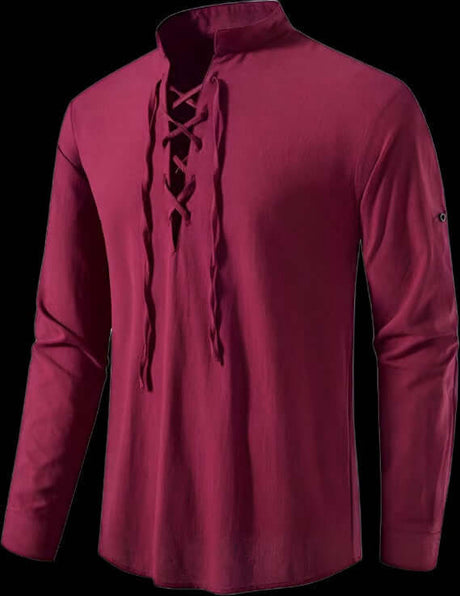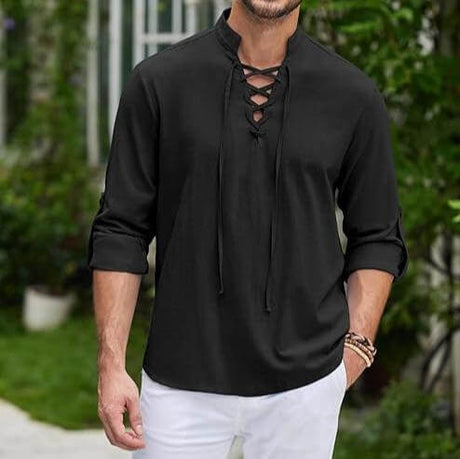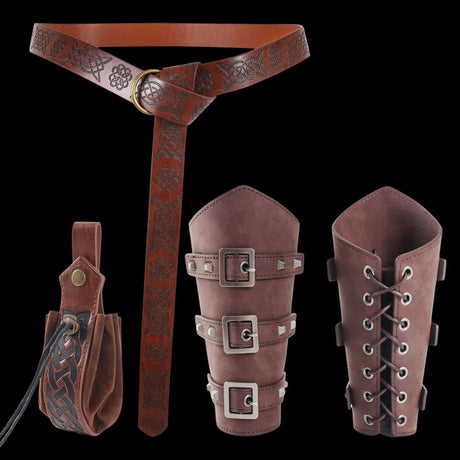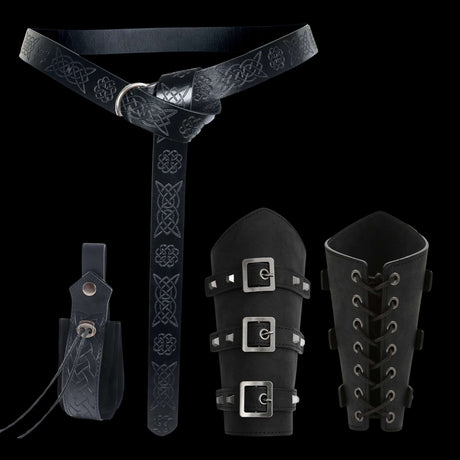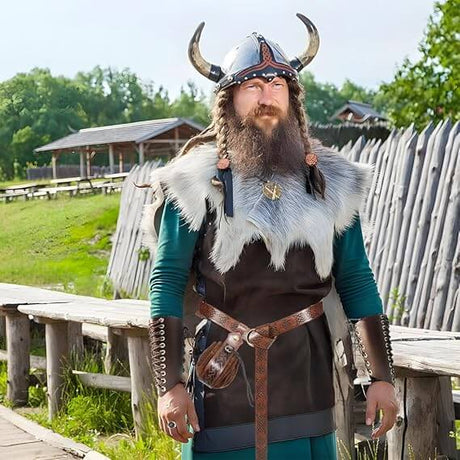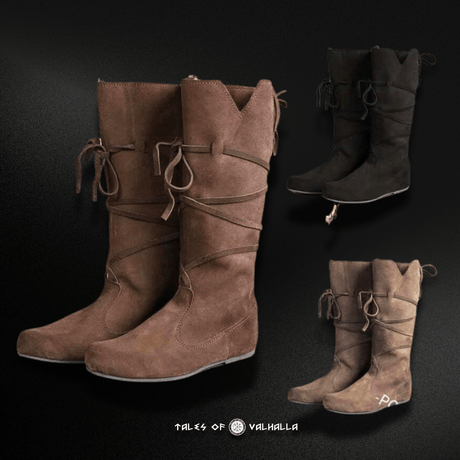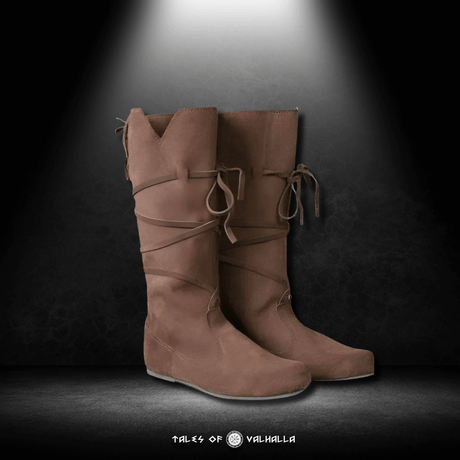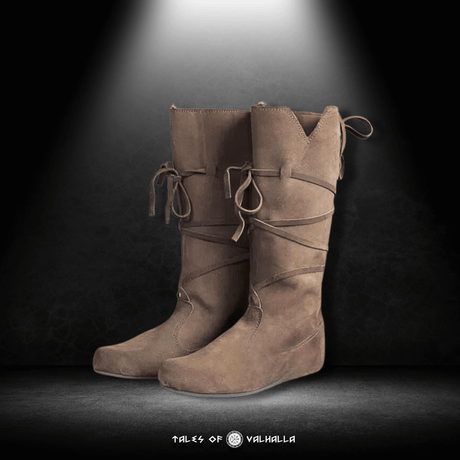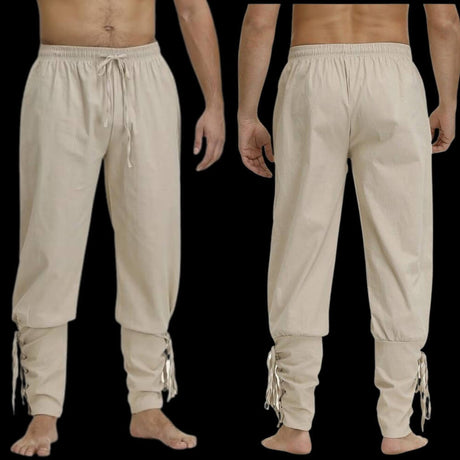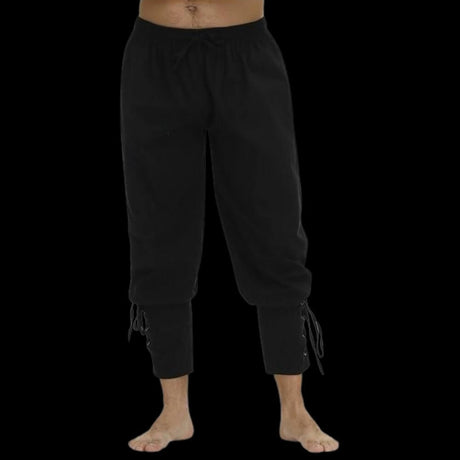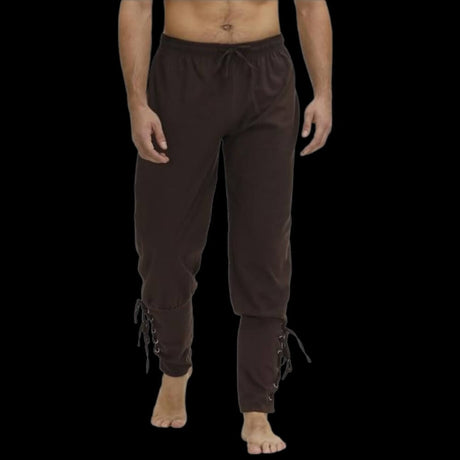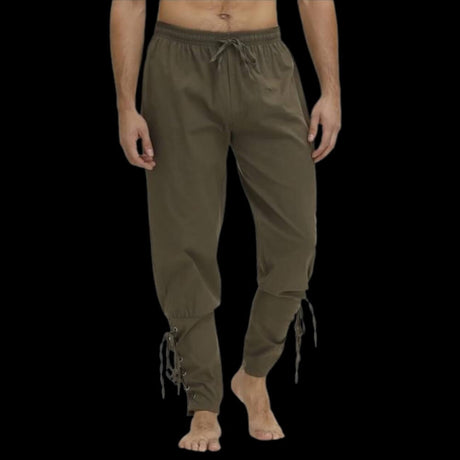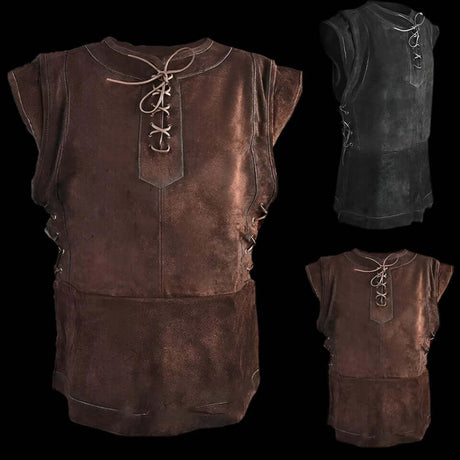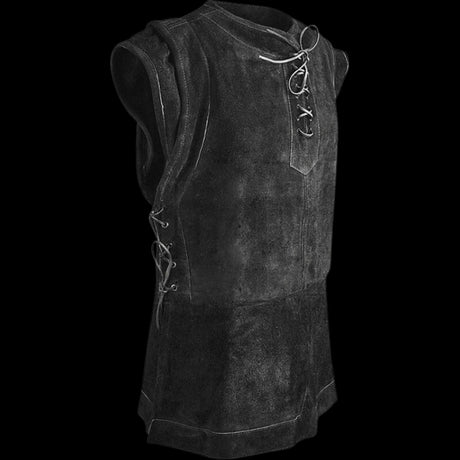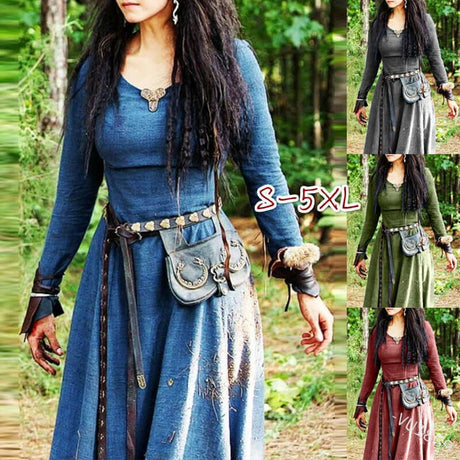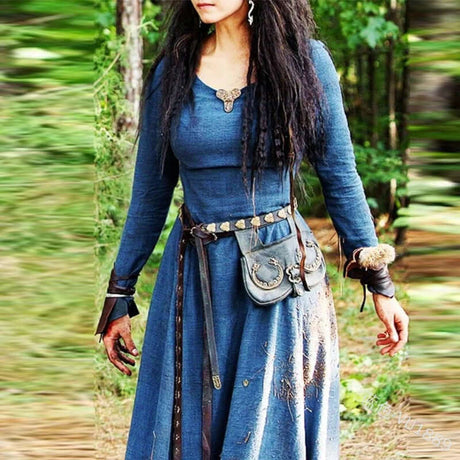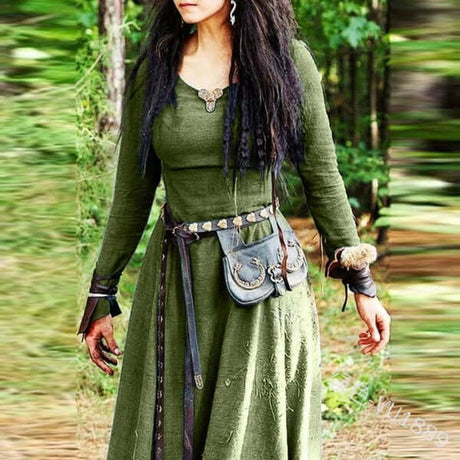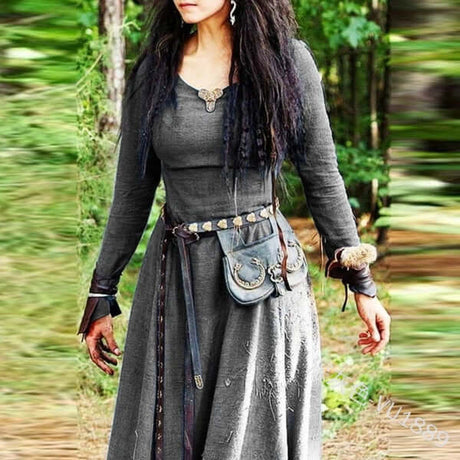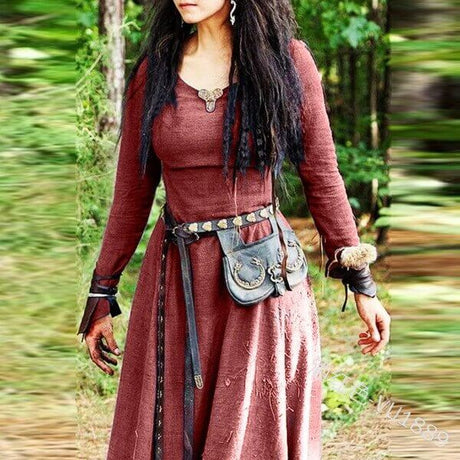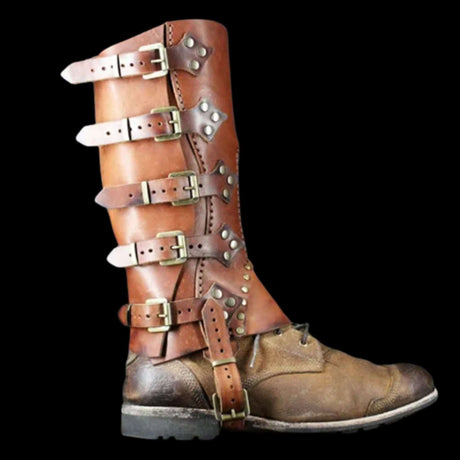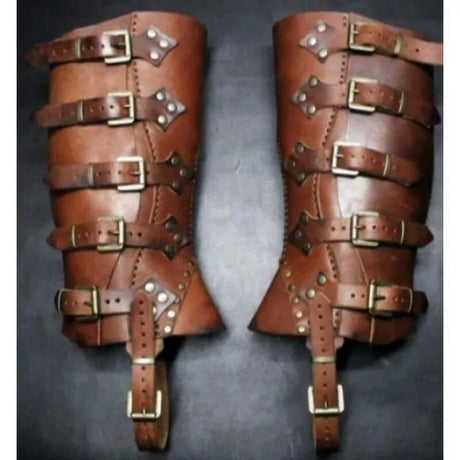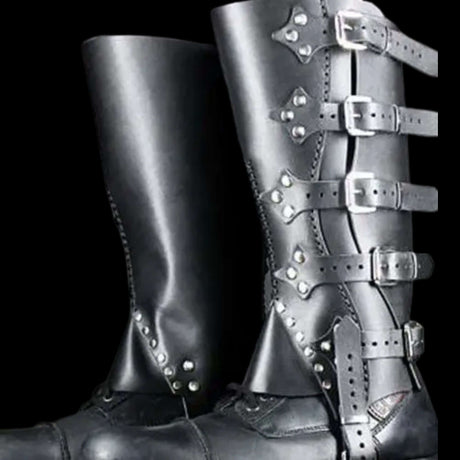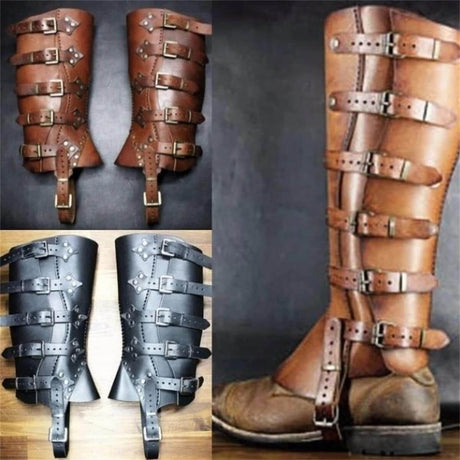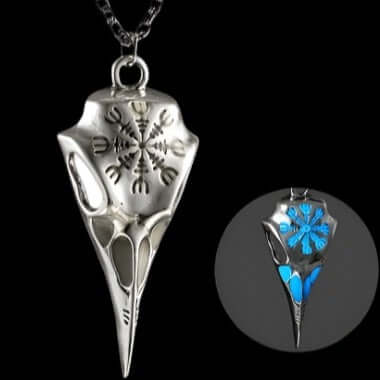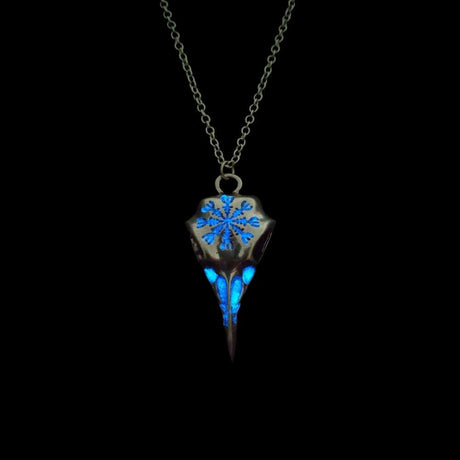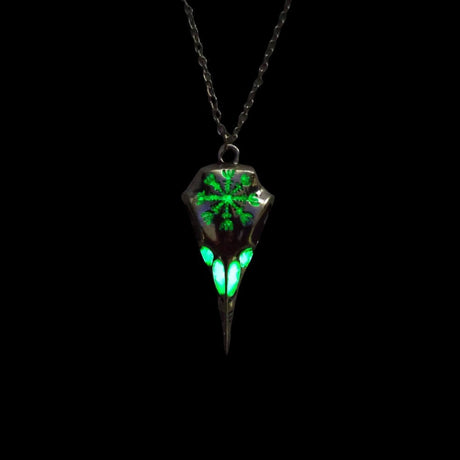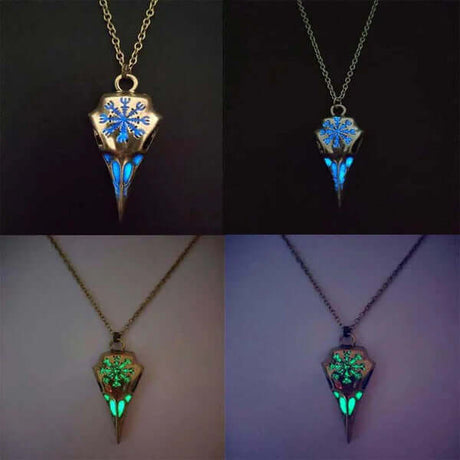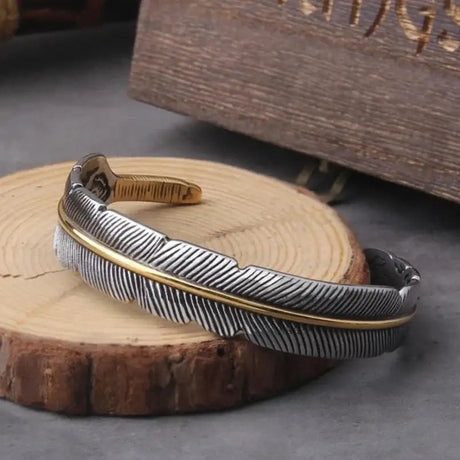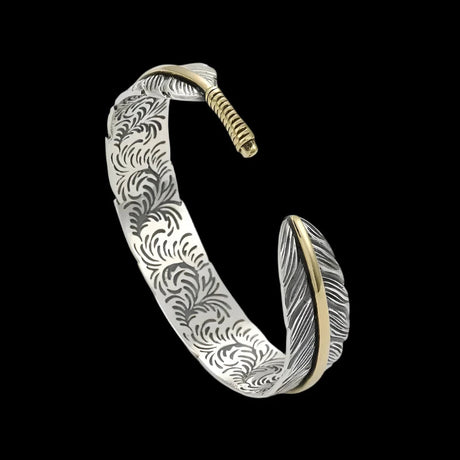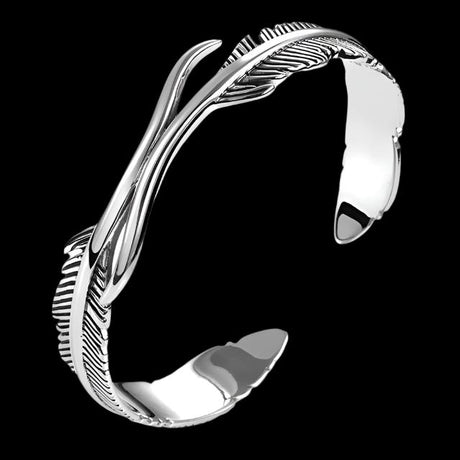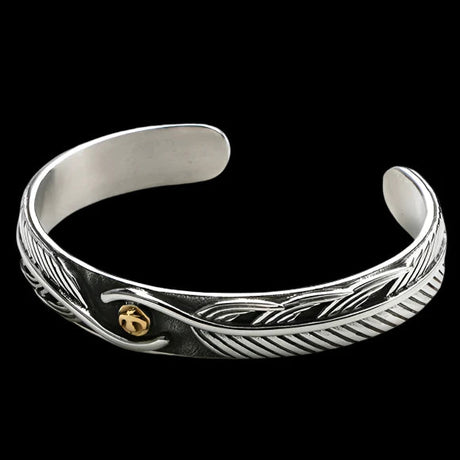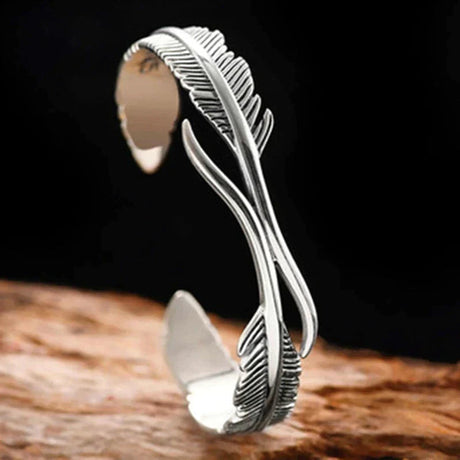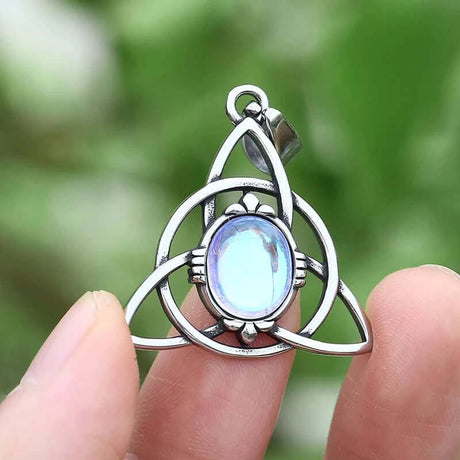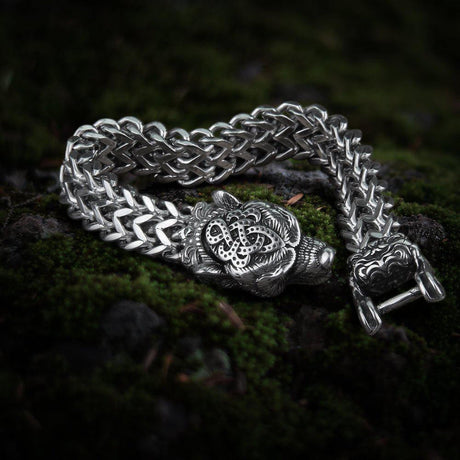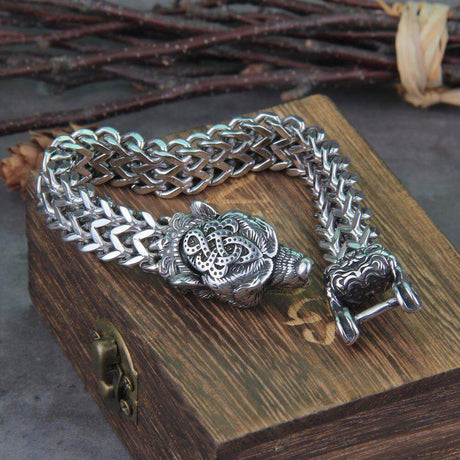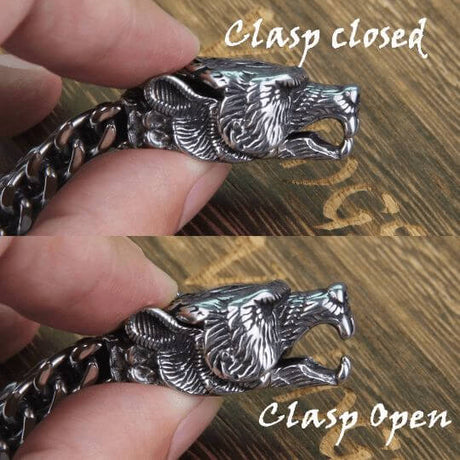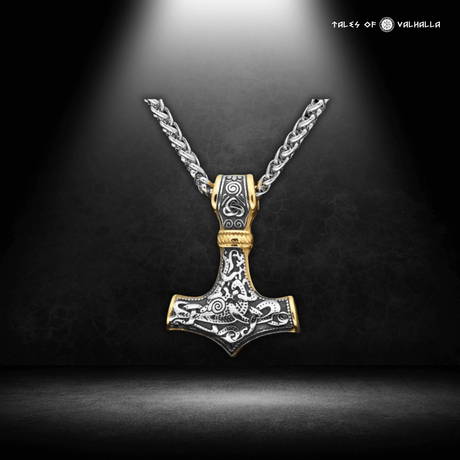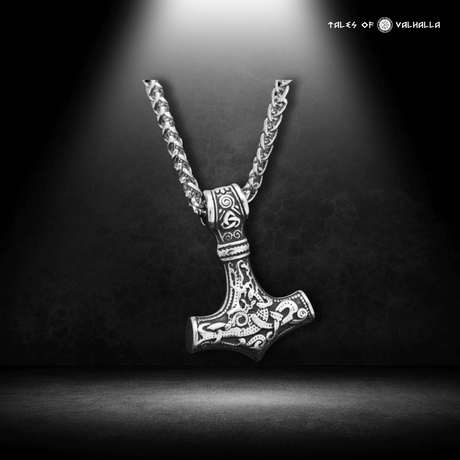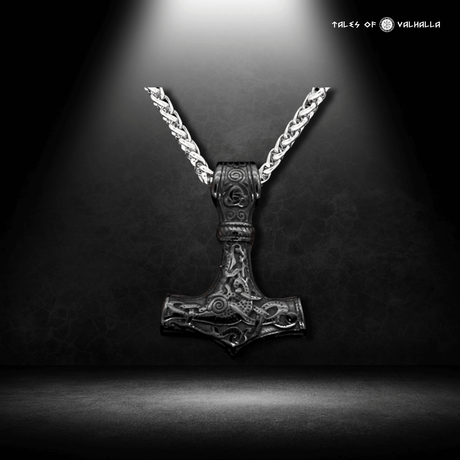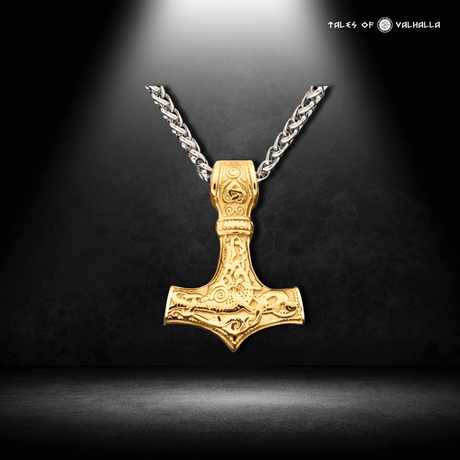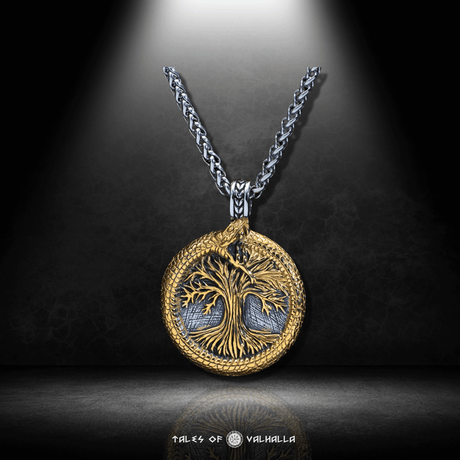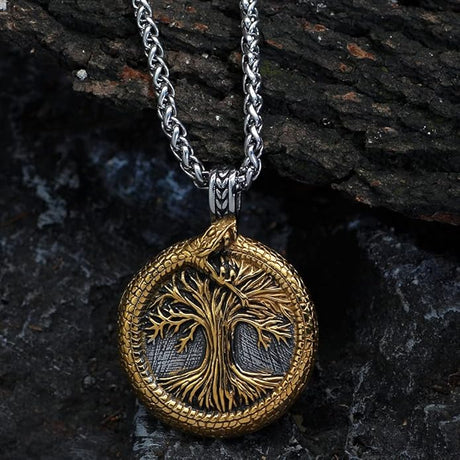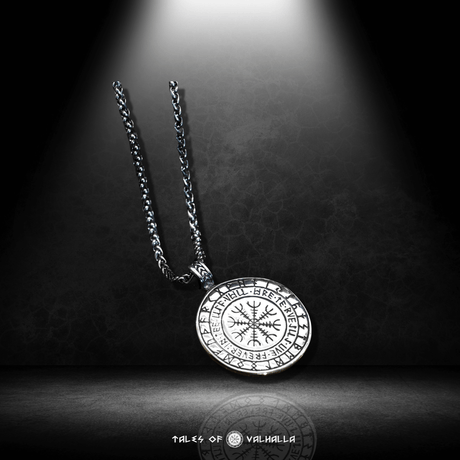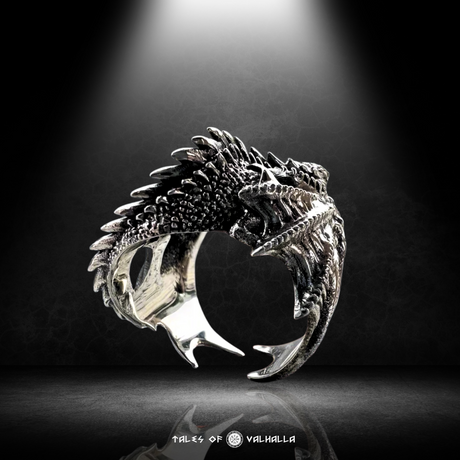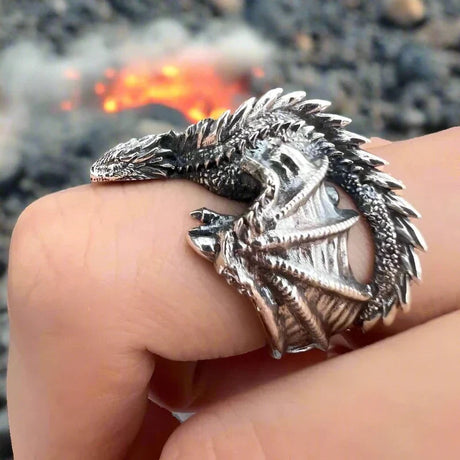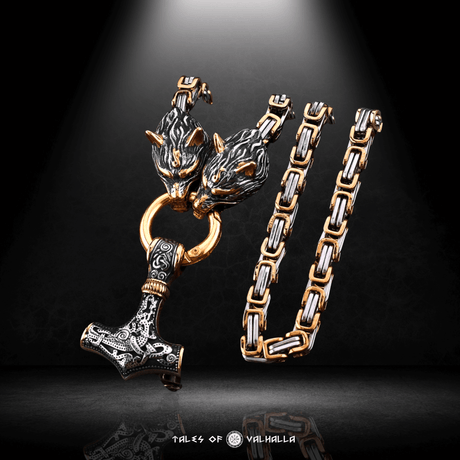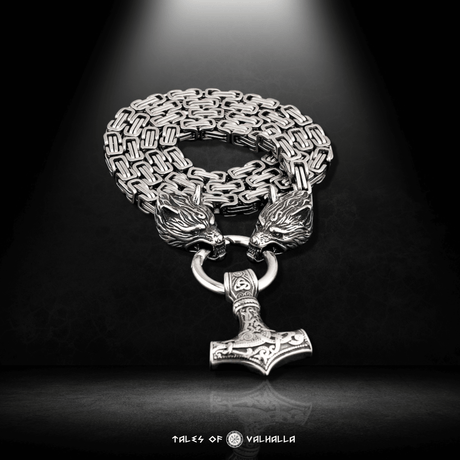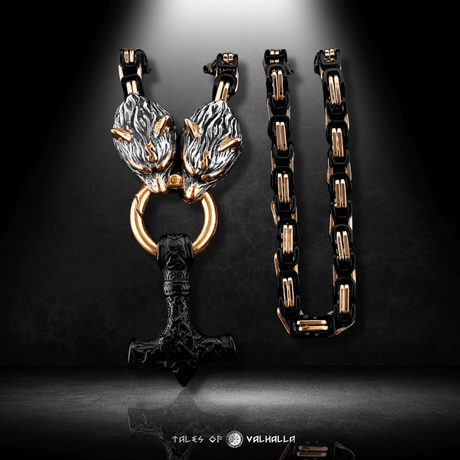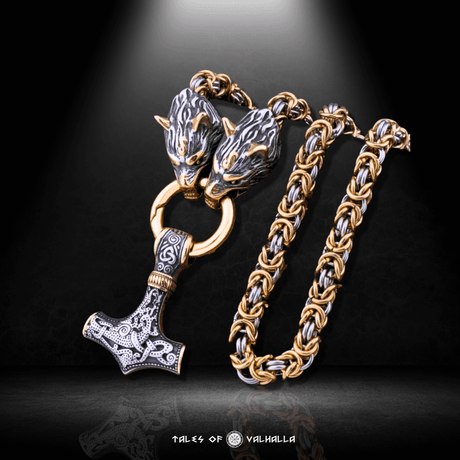When we hear the words "dwarf" and "elf," our minds, especially in the United States, are instantly transported to the world of high fantasy. We picture stout, axe-wielding miners with magnificent beards and tall, graceful, immortal archers with pointed ears, largely thanks to the monumental influence of J.R.R. Tolkien's Middle-earth. But what if I told you that these familiar archetypes are echoes of older, stranger, and far more ambiguous beings? To find their origins, we must journey back to the smoky forges and luminous glades of Norse mythology and meet the true Dwarves (and Elves).
In the Viking worldview, these were not simply fantasy races; they were powerful, supernatural peoples who played crucial roles in the cosmic drama, interacting with the gods in ways that could be both beneficial and treacherous. This guide will delve deep into the lore of the Norse Dwarves (and Elves), exploring their origins, their unique characteristics, their relationship with the gods, and the legendary gifts they created. Prepare to separate the Viking reality from the fantasy it inspired.
The Masters of the Forge: Unearthing the Truth About Dwarves (Dvergar)
The Norse Dwarves, or Dvergar, were beings of stone and shadow, renowned throughout the Nine Worlds for their unparalleled skill in smithing and craftsmanship. They were the master artisans of the cosmos, responsible for creating the most powerful and legendary treasures known to gods and men.

The Masters of the Forge: Unearthing the Truth About Dwarves (Dvergar)
Origins from the Earth: Born of Primordial Matter
The creation story of the Dwarves firmly roots them in the earth itself. According to Snorri Sturluson's Prose Edda, the first Dwarves were spontaneously generated, like maggots, in the flesh of the slain primordial giant, Ymir, from whose body the world was made. The gods, recognizing their potential, gave them human-like intelligence and form. This origin story is key: the Dwarves are not a separate creation but an emergent one, born from the very substance of the world. They are beings of the deep earth, stone, and minerals. This origin sets them apart from the other races in the pantheon of The Dwarves (and Elves).
Appearance and Realm (Svartalfheim)
Forget the jolly, stout figures of modern fantasy. The Norse Dwarves were often described as subterranean beings. They lived in the dark, cavernous realm of Svartalfheim ("Home of the Black Elves," a significant name we'll revisit later), deep beneath the mountains. While not explicitly described in great detail, the implication is that they were creatures of darkness, perhaps swarthy or pale from their lack of sunlight. Their defining characteristic was not their height, but their incredible skill.
The Unrivaled Craftsmen: Forging the Fate of the Gods
The primary role of the Dwarves in Norse mythology was as master craftsmen. The gods of Asgard, for all their power, could not match the skill of the Dwarves at the forge. Nearly every significant divine artifact in the Norse sagas was a product of their hands. The legacy of The Dwarves (and Elves) is most powerfully seen in these creations.
Some of their most famous creations include:
- Mjölnir: Thor's mighty hammer, a weapon of immense power. It was famously created by the Dwarven brothers Brokkr and Eitri as part of a contest instigated by Loki.
- Gungnir: Odin's unerring spear, which never missed its target.
- Draupnir: Odin's magical gold ring, which would produce eight new gold rings of equal weight every ninth night, symbolizing endless wealth.
- Skíðblaðnir: The magical ship of the god Freyr, which was large enough to hold all the gods but could be ingeniously folded up and put in a pocket.
- Gullinbursti: Freyr's golden-bristled boar, which could run faster than any horse and illuminated the dark with its glow.
- Brísingamen: The magnificent necklace of the goddess Freyja, a piece of such breathtaking beauty that she made a great sacrifice to obtain it.
A Grudging Generosity: The Treacherous Character of the Dwarves
The Dwarves were not benevolent gift-givers. Their incredible skill was matched only by their pride, greed, and often treacherous nature. The gods rarely received these magical gifts freely; they were almost always the result of a wager, a threat, or Loki's cunning trickery.
-
Loki's Wager: The creation of Mjölnir, Gullinbursti, and Draupnir was the result of a bet Loki made with the brothers Brokkr and Eitri, wagering his own head that they couldn't create treasures finer than those made by another group of craftsmen, the Sons of Ivaldi. Loki tried to sabotage their work, but the Dwarves succeeded, and Loki only escaped beheading through a clever loophole. This tale perfectly illustrates the dynamic: divine need met by Dwarven skill, all mediated by trickery. The relationship between the gods and this half of The Dwarves (and Elves) was always transactional and often perilous.
Story Vignette 1: The Ring of Curses Imagine the dark, echoing forge of the Dwarf Andvari, deep beneath a waterfall. His hands, though gnarled, move with an impossible grace as he works a piece of gold. This is Andvaranaut, a ring that can create endless wealth. But Loki, ever the agent of chaos, has come to steal it to pay a debt. He captures Andvari and demands the treasure. The Dwarf reluctantly gives up his hoard, but tries to hide the one small ring. Loki sees it and demands that too. With a heart full of malice, Andvari gives up the ring, but not before placing a terrible curse upon it: it will bring ruin and death to whoever possesses it. This cursed ring would later pass to the hero Sigurd and become a central element of the Völsunga Saga. This story captures the essence of the Norse Dwarves: creators of unparalleled beauty and wealth, but also beings of deep grudges and dangerous power.
The Luminous Beings: Exploring the Mystery of Elves (Álfar)
The Elves, or Álfar, are more enigmatic figures in Norse mythology than the Dwarves. Their descriptions are often less concrete, and their nature seems to be split between light and shadow, making them one of the most mysterious aspects when exploring The Dwarves (and Elves).
A More Ambiguous Race
Unlike the earthbound Dwarves, the Elves are often depicted as ethereal, semi-divine beings associated with nature, fertility, and the otherworldly. Our understanding of them is pieced together from various poetic and prose sources, and they remain one of the less clearly defined races in the mythology.
The Great Divide: Light Elves vs. Dark Elves
The Prose Edda, written by Snorri Sturluson, makes a crucial distinction between two types of Elves. This division is a key feature of the Norse conception of The Dwarves (and Elves).
- Light Elves (Ljósálfar): Snorri describes the Light Elves as living in the heavenly realm of Álfheimr, a world given to the Vanir god Freyr as a teething gift. They are said to be "fairer than the sun to look at." They are generally seen as benevolent, beautiful beings, perhaps similar to angels or nature spirits, associated with light, beauty, and the sky.
- Dark Elves (Dökkálfar / Svartálfar): Snorri then describes the Dark Elves, who "dwell down in the earth" and are "blacker than pitch." Their home is Svartalfheim ("Home of the Black Elves").
The Dwarf/Dark Elf Connection: A Scholarly Puzzle
Here we arrive at a fascinating and crucial point of scholarly debate. Snorri's description of the Dark Elves (Dökkálfar/Svartálfar) living underground and being masterful smiths is virtually identical to his description of the Dwarves (Dvergar). In fact, the realm of the Dwarves is also called Svartalfheim.
- Are They the Same? Many modern scholars believe that "Dark Elves" and "Dwarves" were originally the same group of beings in the older oral traditions. The distinction may have been created or emphasized by Snorri Sturluson in the 13th century as he attempted to categorize and structure the myths. This is a vital nuance when discussing the lore of The Dwarves (and Elves).
- Tolkien's Influence: This potential confusion was something J.R.R. Tolkien was well aware of. He chose to separate them into two completely distinct races in his own mythology, which has now become the standard in modern fantasy, but this separation may not have been so clear-cut for the Vikings.
The Role of Elves in Norse Belief
Despite their ambiguity, Elves clearly held a place in the religious and folk beliefs of the Norse people.
- Connection to Fertility and Ancestors: Elves were often linked to the fertility of the land and may have been connected to ancestor worship. They were seen as powerful, local spirits who could grant prosperity or cause trouble if offended.
- The Álfablót (Elf Sacrifice): The sagas mention a specific, private household ritual called the Álfablót, which was performed at the end of autumn. It was led by the mistress of the household and was likely an offering made to the local elves to ensure the well-being of the family and the health of the land. This practice shows a direct, worshipful interaction with this part of The Dwarves (and Elves).
Story Vignette 2: The Offering in the Grove As the last leaves of autumn fall, Ingrid, the mistress of a remote farmstead, carries a small wooden bowl filled with fresh butter and a splash of precious honey into a quiet grove of birch trees behind her home. This grove is known to be a place where the Álfar dwell. Strangers are not welcome here; this is a private ritual. She places the bowl at the base of the oldest tree, whispering a quiet plea for the health of her children through the long winter, for the protection of her livestock, and for the fertility of the fields come spring. She does not see the Elves, but she feels a presence in the stillness of the woods, a sense of being watched by ancient, powerful eyes. Her offering is an act of respect, an acknowledgment of the unseen powers that govern the land.
A Tale of Two Peoples: A Comparative Look at The Dwarves (and Elves)
To clarify their distinct and sometimes overlapping roles, let's compare the key characteristics of these two fascinating races. This is the heart of understanding The Dwarves (and Elves).
This table summarizes the core differences and helps to structure our understanding of the Norse conception of The Dwarves (and Elves).
From Myth to Middle-earth: The Influence on Modern Fantasy
The legacy of the Norse Dwarves (and Elves) is immense, primarily because it served as the direct inspiration for the archetypes that now dominate modern fantasy.

From Myth to Middle-earth: The Influence on Modern Fantasy
Tolkien's Debt to the Eddas
J.R.R. Tolkien, the author of The Hobbit and The Lord of the Rings, was not just a fantasy writer; he was a distinguished professor of Anglo-Saxon and Old Norse at Oxford University. He drew heavily from the Poetic and Prose Eddas for his own mythology.
- Names: Many of the dwarf names in The Hobbit (including Gandalf) are taken directly from a list of Dwarf names in the Völuspá, a poem from the Poetic Edda.
- Concepts: He took the skilled, subterranean craftsmen of Norse myth and gave them the rich history, language, and culture we now associate with fantasy Dwarves. Similarly, he took the beautiful, semi-divine Light Elves of Norse lore and expanded upon them, creating the wise, immortal, and graceful Elves of Middle-earth.
- Separation of Races: Crucially, Tolkien made a definitive choice to separate the Dwarves and Elves into two completely distinct and often antagonistic races, resolving the "Dark Elf/Dwarf" ambiguity found in the Norse sources. This decision has profoundly shaped our modern understanding of The Dwarves (and Elves).
The Modern Archetypes: A Legacy in Games and Film
Tolkien's vision of The Dwarves (and Elves) was so powerful and compelling that it has become the standard template for virtually all modern fantasy.
- Dungeons & Dragons: The classic fantasy role-playing game adopted Tolkien's models, cementing the image of Dwarves as stout, bearded, axe-wielding miners and Elves as slender, agile, nature-loving archers.
- Video Games: From World of Warcraft to The Elder Scrolls, these fantasy races appear in forms that are almost always directly descended from Tolkien's interpretations, which are themselves rooted in the Norse myths.
- Movies and Television: The visual language of fantasy film and TV owes an enormous debt to this tradition.
Losing the Norse Nuance
In this transformation from Norse myth to modern fantasy, some of the original complexity was lost.
- The Moral Ambiguity: The Norse Dwarves were not the gruff-but-loyal companions of modern fantasy. They were often treacherous, greedy, and dangerous beings. The gifts they made were often born of conflict and deceit.
- The Ethereal Mystery: The Norse Elves were more mysterious and less clearly defined than their modern counterparts. They were powerful nature spirits, forces to be respected and appeased rather than simply another humanoid race.
Why This Distinction Matters Today
Understanding the original myths of The Dwarves (and Elves) is more than just an academic exercise.
- Appreciating the Source: It allows us to appreciate the deep and complex source material that our favorite fantasy stories are built upon.
- Understanding Our Tropes: It helps us understand the origins of the fantasy tropes we know and love, and to see how they have evolved over time.
- A More Authentic Insight: It provides a more authentic glimpse into the Viking worldview, a world that was often more gray and ambiguous than the black-and-white morality of some modern fantasy.
Conclusion
In Norse myth, Dwarves (Dvergar) were not just craftsmen but dark, dangerous makers of legendary treasures, while Elves (Álfar) shimmered between light and shadow, bound to nature and spirit. Far from today’s simplified fantasy, they were complex, primal beings.
At Tales of Valhalla, we look back to these raw myths—where magic was unpredictable, creation was perilous, and the roots of modern fantasy were first forged in the North.











